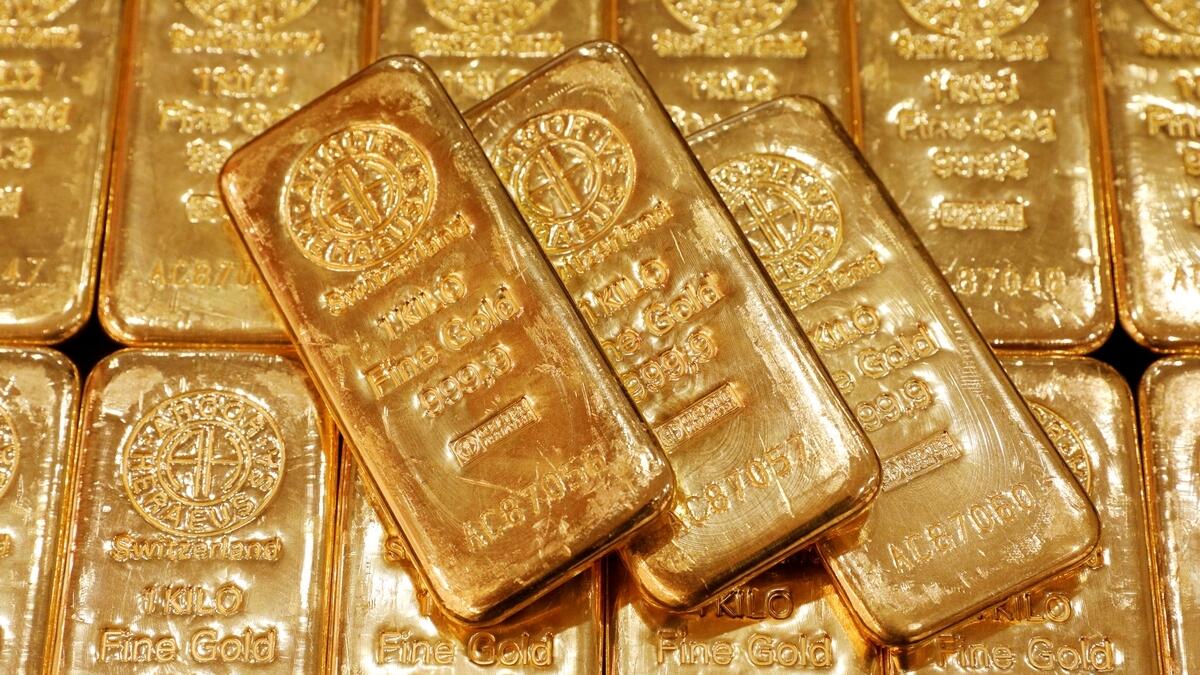Gold prices surged more than 1% on Tuesday as investors sought safe-haven assets amid escalating tensions in the Middle East. The spike in gold prices was triggered by Iran’s ballistic missile attack on Israel in retaliation for Israel’s campaign against Tehran’s Hezbollah allies in Lebanon. This geopolitical instability has raised concerns about the possibility of a full-scale war in the region, leading investors to flock to gold as a safe investment during uncertain times.
Spot gold reached $2,661.63 per ounce, up 1%, with U.S. gold futures settling 0.9% higher at $2,690.3. Analysts like Jim Wyckoff, senior market analyst at Kitco Metals, believe that if the situation worsens and there are serious casualties in Israel, it could lead to further safe-haven demand for gold. Gold is often considered a hedge against political and financial volatility, making it an attractive asset for investors during times of crisis.
While there are concerns about the potential for a full-out war in the Middle East, some market experts remain cautious. Tai Wong, an independent metals trader based in New York, believes that unless an Iranian missile causes significant damage in Israel, the situation may not escalate. The recent surge in gold prices has been driven by instinctive safe-haven buying, fuelled by geopolitical tensions and expectations of lower U.S. interest rates.
The decline in benchmark U.S. 10-year bond yields has also made gold more appealing as a non-yielding asset. Investors are closely monitoring U.S. labor data and statements from Federal Reserve officials for further insights into the Fed’s policy stance. Despite Fed Chair Powell’s indication of potential rate cuts, market analysts like Ricardo Evangelista, senior analyst at ActivTrades, believe that the key drivers behind the recent rally in gold prices, namely lower interest rate expectations and safe-haven demand, remain intact.
In addition to gold, other precious metals also saw fluctuations in prices on Tuesday. Spot silver rose by 0.7% to $31.36 per ounce, while platinum gained 1.2% to $987.70. Palladium, on the other hand, fell by 0.6% to $994.50 per ounce. The dynamics in the precious metals market are closely tied to geopolitical events, economic data releases, and central bank policies, making them susceptible to sudden price movements and volatility. Investors continue to monitor these factors to make informed decisions about their investment portfolios.











